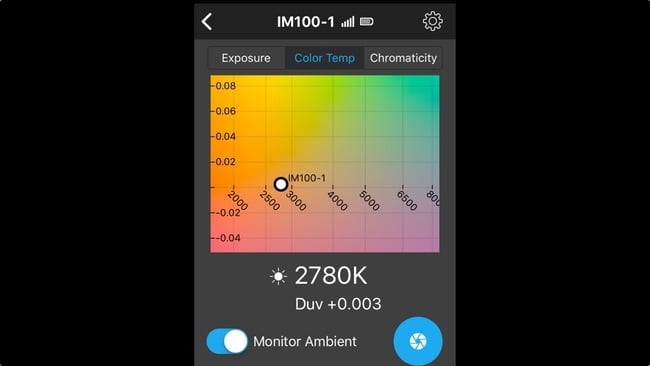
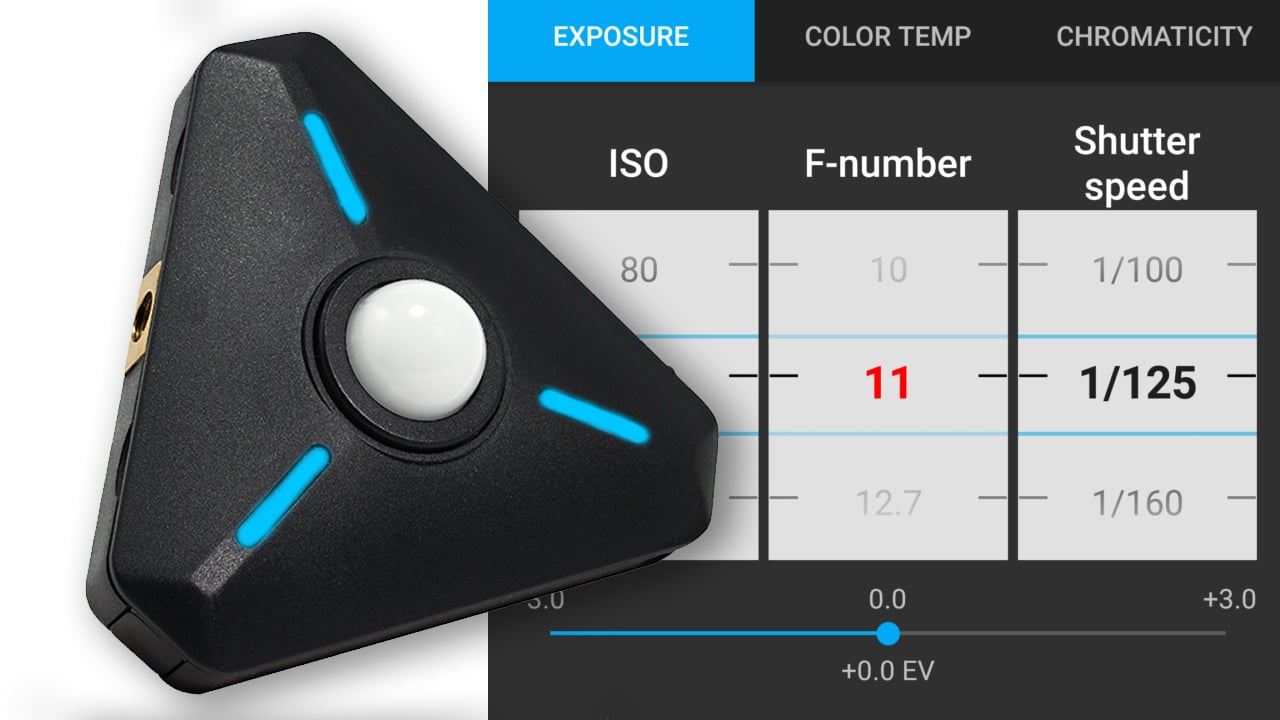
Can a smart phone light meter really be every bit as good as a dedicated professional device? Erik Vlietink takes a good look at the Illuminati from Illuminati Instruments.
App-based light meters that use the camera of your mobile device to work their magic are cheap and still somewhat accurate, but they’re usually a far cry from what a proper light meter is capable of. A light meter app like the Illuminati light meter that integrates with a hardware add-on for your mobile device is potentially as accurate as the most expensive light meter and at least as flexible and feature-complete. Only about a month or so ago, Illuminati Instruments released its $299 Illuminati Light Meter with the corresponding app.
The Illuminati Light Meter is the first ever Bluetooth light meter to be created, and its app is the first to support multiple light meters. The Illuminati supports the iPhone, iPad and Apple Watch, as well as Android devices.
The Illuminati meter hardware
The device is a flat pyramid shape that fits the palm of a man’s hand. The three corners contain the On/Off switch, a mini-jack interface for corded flash triggering and holes for a lanyard.
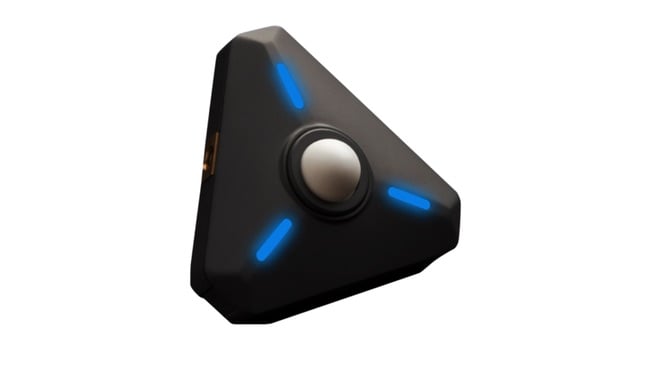
On one side of the device, there’s a quarter-inch thread for tripod mounting. At the apex, you’ll find the white dome that can be raised for measuring light levels and lowered by pushing it for colour-related measurements. There are LEDs that change colour depending on the information the unit is communicating and the top shell is fixed to the base using three strong magnets. To install the two AAA batteries, you need to pry it off the base.
The app
The Illuminati light meter app is cleverly designed around the ability to use multiple meters simultaneously. My single test unit’s Bluetooth connection was immediately established and never missed a beat.
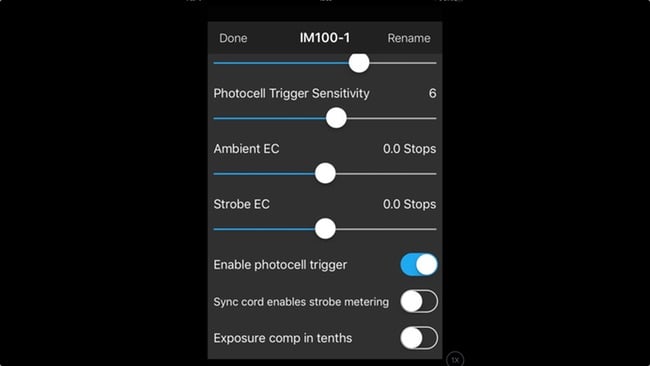
When connected, you can rename the meter(s) to something useful. This allows you to set multiple meters apart from each other. Once everything has been set up, you enter a tile screen. Each tile represents a specific measurement setup for a particular meter. For example, you can have a tile showing the exposure at ISO 100 and another one at ISO 1600. You can have another tile for colour temperature and yet another for video light measuring. The tiles update automatically when the meter is set for continuous measuring of ambient light.
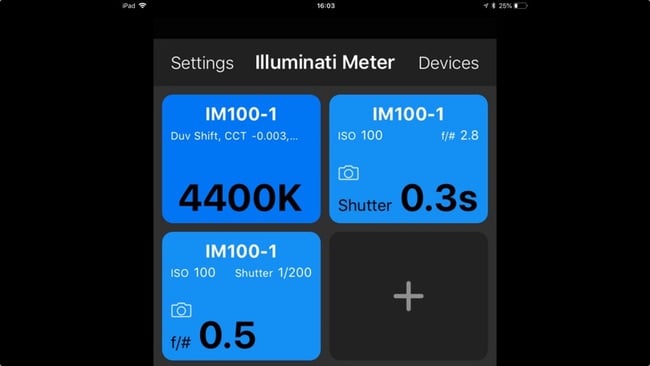
A special Alarm tile alerts you of a parameter measuring outside of a range you set.
The tiles system is very easy to use and gives you an instant overview of light characteristics. And it gives you access to a level of functionality beyond what you’re used to from a “real” light meter.
Into the parameter screen
Clicking a tile opens the parameters screen that has three tabs – one for exposure, one for chromaticity and one for colour temperature. The exposure tab gives access to a dial with three scrolling numbers – f-number, ISO, shutter speed – of which one is ranged.
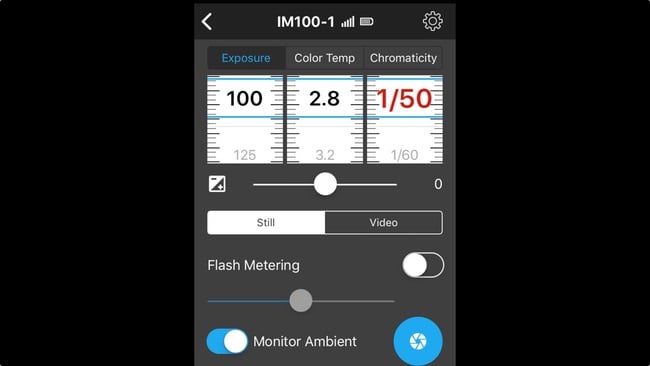
If you’re going to measure flashes or strobes, the Illuminati app will automatically offer you the percentage of flashlight versus ambient with a slider, but there’s currently no flash burst curve available. For remote flash triggering, you can set the sensitivity of the photocell, but the developers are still tuning this part of the app. The corded flash capability doesn’t need this and is simply perfect.
The meter also measures flash colour temperature with the value shown on the colour temperature graph, which allows you to determine the exact value in Kelvin and Duv, and on the CIE chromaticity diagram that will also tell you the illuminance in lux and foot-candles.
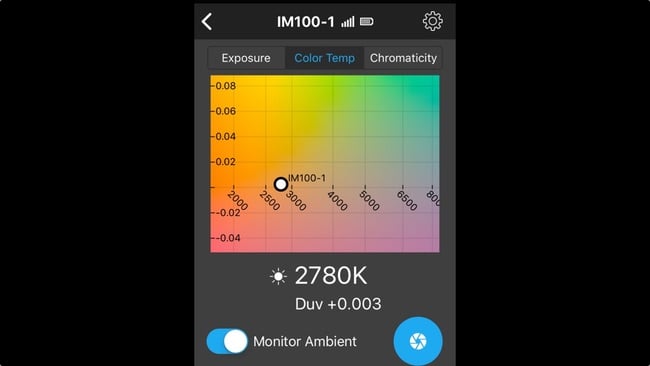
Colour temperature measurements are especially brilliant when you’re working with continuous lights and you need to adjust for a light in an awkward place. You can just hold the meter in the sweet spot, get to the light to make changes and see the results on your device change in real time.
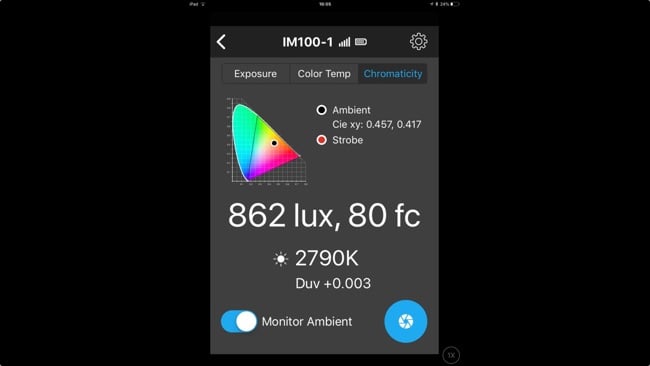
To match colour temperature between two light sources, the Illuminati app has a gel section with an impressive number of gel filters from different manufacturers. The colour temperature graph will show you the gel’s location versus the location of your measurement.
I tested the Illuminati light meter thoroughly in all kinds of lighting environments and it’s just as accurate as the most expensive Sekonic. If the Illuminati errs at all, it’s a tad on the darker side.
Tags: Production


Comments